Celebrating the wonders of science literature: The ASE Book of the Year Award 2024
Reading is so much more than recognising words on a page; it’s a gateway to understanding the world. It sparks creativity, nurtures emotional intelligence, and equips children with essential life skills, all of which help them develop empathy, resilience, and problem-solving abilities.
The joy of reading transports pupils to extraordinary places, from the depths of the ocean to the vastness of outer space, inspiring them to hope, dream, and imagine. Furthermore, reading for pleasure has a profound impact on a pupil’s future, influencing academic success, career opportunities, and lifelong learning.
With this in mind, our ASE Book of the Year Award celebrates outstanding literature that captivates young minds and fosters a lifelong love of reading.
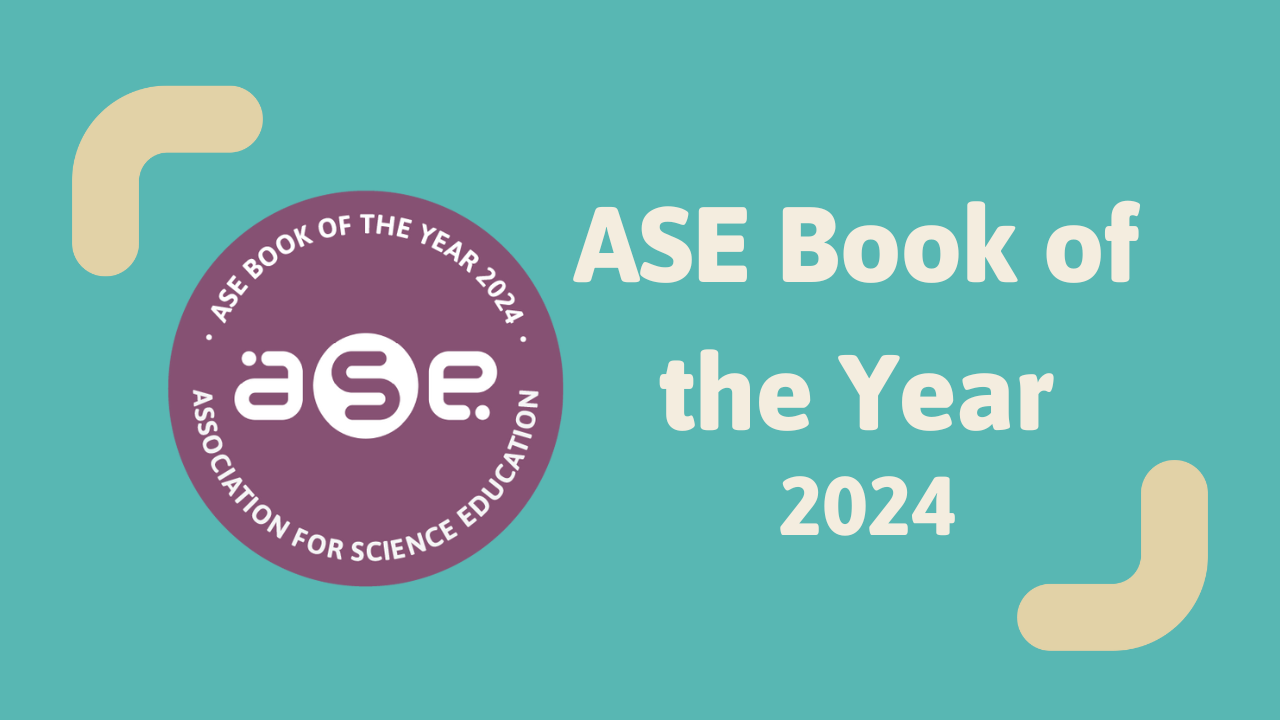
This year, we had an incredible selection of books to review, making it a highly competitive field. We’d like to congratulate and commend the amazing talent of every author and illustrator who made it onto our shortlist. A huge thank you goes to our dedicated judging panel for their time and expertise in selecting the winners.
Secondary Category
There were two books that had a deserving place on the secondary shortlist.
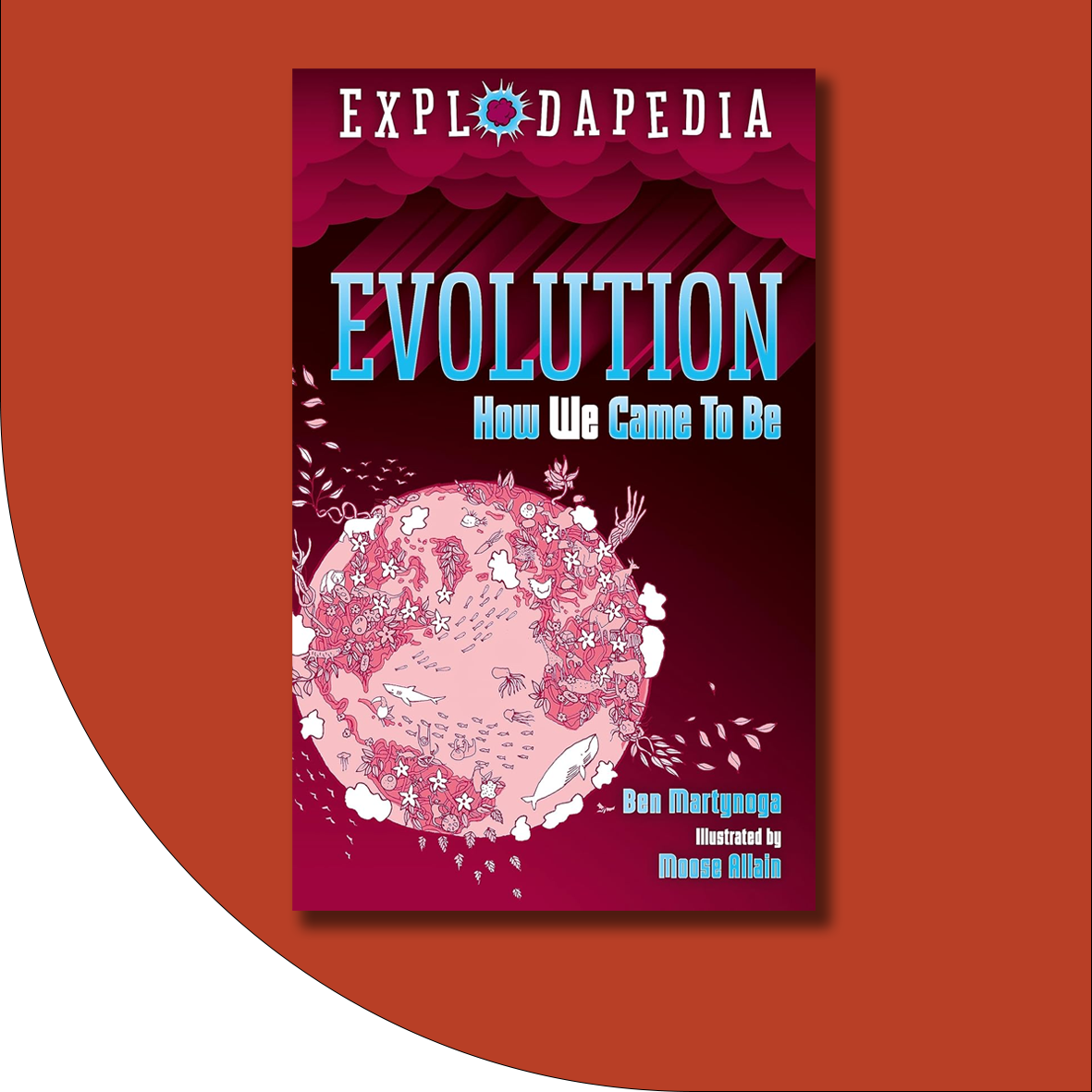 Explodapedia: Evolution
Explodapedia: Evolution
By Ben Martynoga, Illustrated by Moose Allain
Explodapedia: Evolution adopts a conversational tone, which helps bring concepts to life in a fun, accessible way. The book goes beyond basic evolutionary principles, offering a deeper historical context by introducing key figures who influenced Darwin, such as Charles Lyell, Mary Anning, and Thomas Malthus. The exploration of their contributions dispels the myth of the lone genius and provides a more authentic account of scientific progress. This makes it ideal for readers seeking a deeper understanding of the development of evolutionary theory.
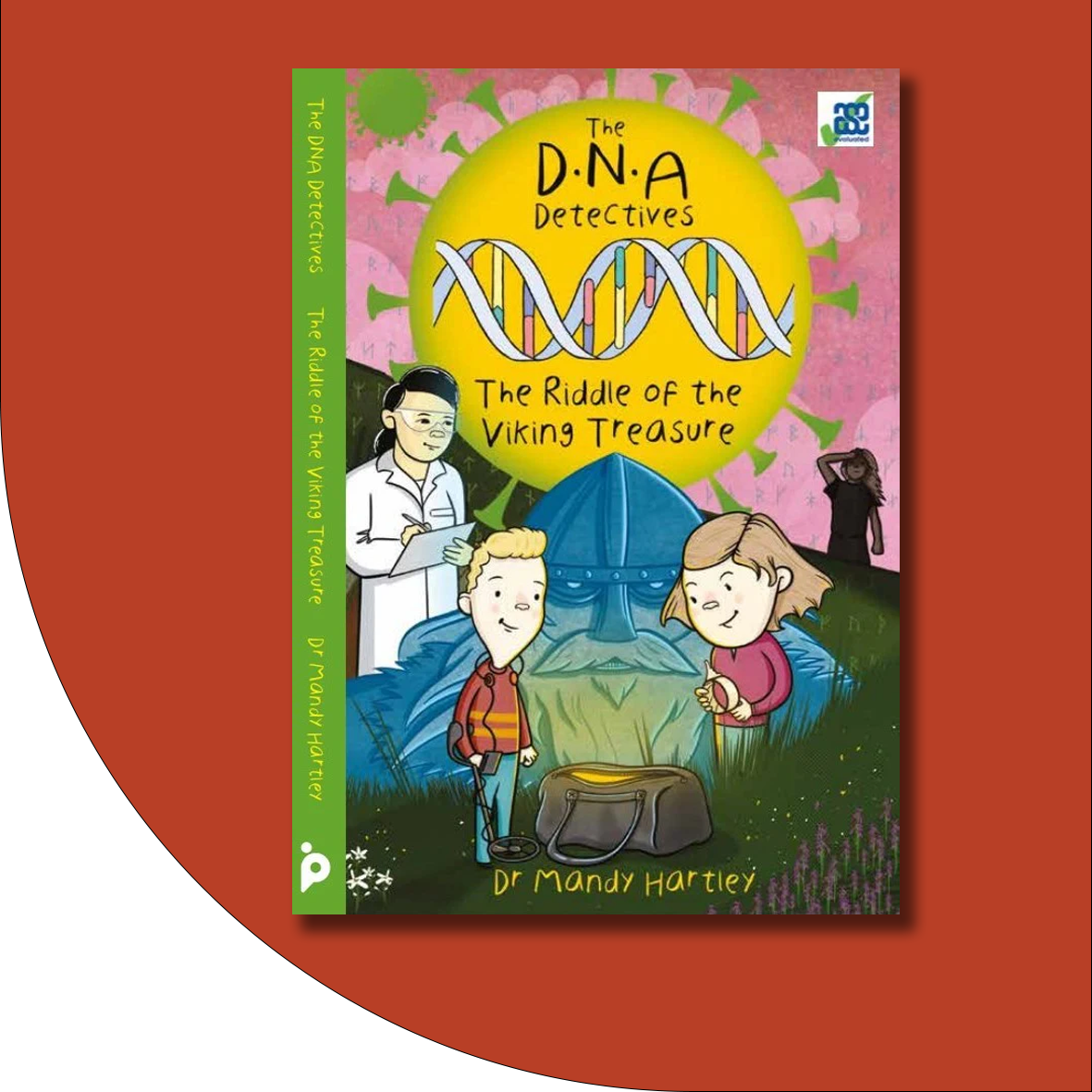 The DNA Detectives – The Riddle of the Viking Treasure
The DNA Detectives – The Riddle of the Viking Treasure
By Dr Mandy Hartley, Illustrated by James McKerrow Maxwell
This book cleverly blends a thrilling whodunit with fascinating forensic science. It has the charm of a Famous Five adventure and is engaging and well-written. The book teaches readers about DNA, cells, forensic science, forensic ecology, plants, habitats, viruses, vaccines, and Viking history. It is the fourth book in the DNA detective series and builds upon the successes of To Catch a Thief, The Smuggler’s Daughter, and The Stone Age Mystery. The inclusion of 17 pages of helpful weblinks is a fantastic bonus for those wanting to explore further.
Overall Winner in the Secondary Category:
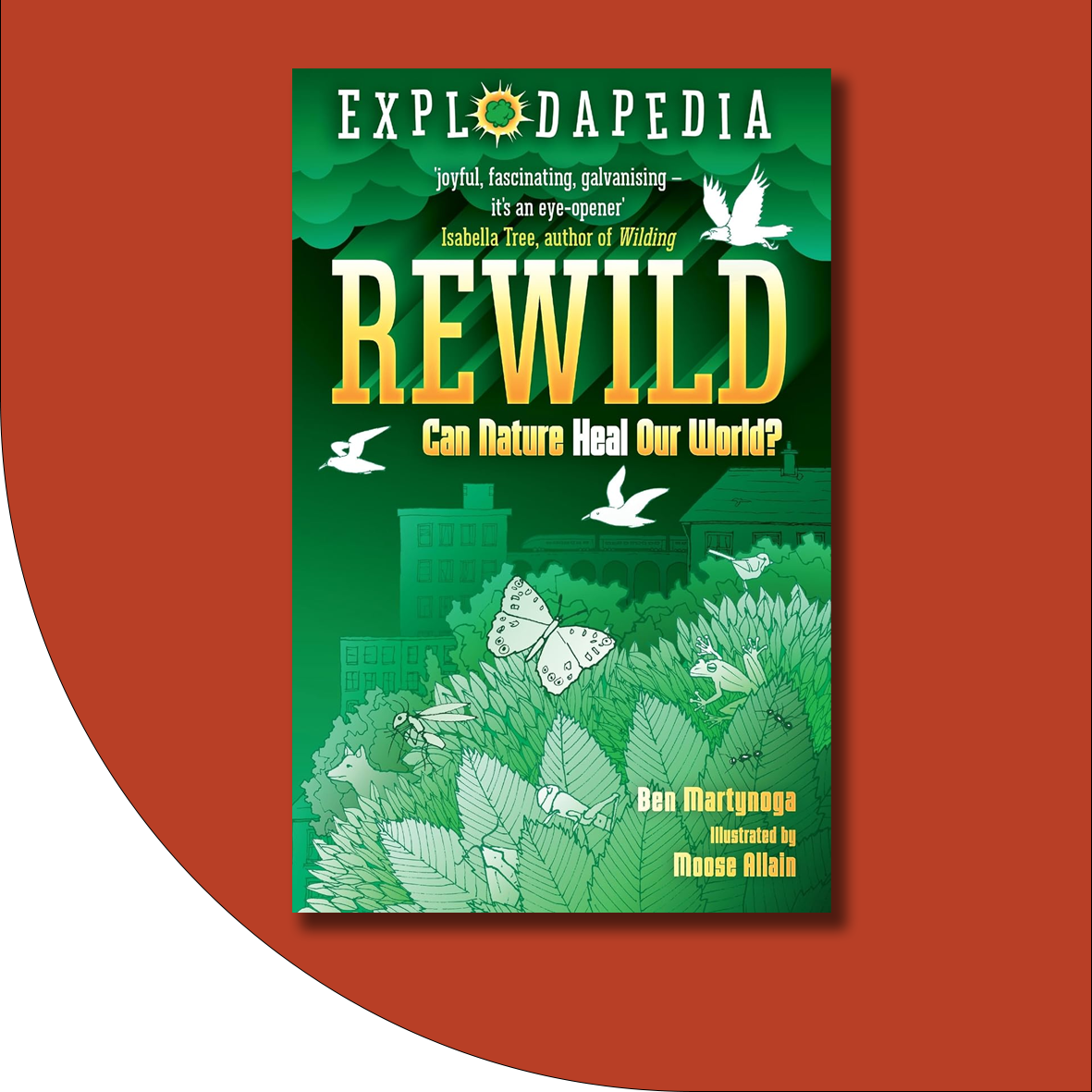 Explodapedia: Rewild
Explodapedia: Rewild
By Ben Martynoga, Illustrated by Moose Allain
This excellent introduction to rewilding is a must-read for both students and teachers, raising environmental awareness and inspiring STEM engagement. It explains rewilding as a way to restore ecosystems by reintroducing native species and letting natural processes unfold with minimal human interference. The final chapter is a call to action that presents a five-step plan for young people to become actively involved in the issues discussed rather than simply reading about them. Ideal for biology, geography, and environmental science students, the book also offers a hopeful antidote to eco-anxiety with its success stories and scientific explanations. This book is highly recommended for school libraries, offering valuable insight into rewilding and the science behind it.
Highly Commended in the Secondary Category:
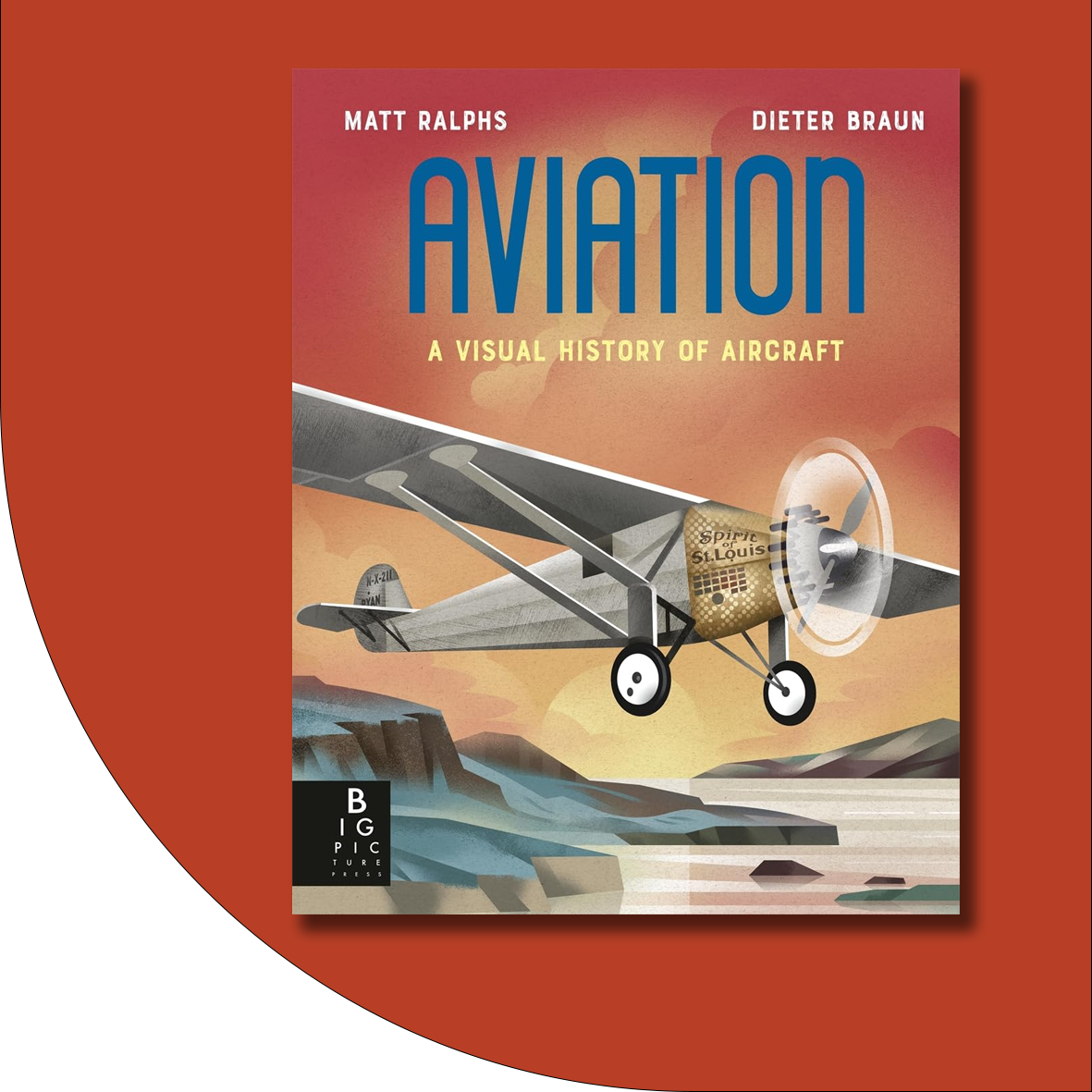 Aviation: A Visual History of Aircraft
Aviation: A Visual History of Aircraft
By Matt Ralphs, Illustrated by Dieter Braun
This handsome hardback book features concise, factual writing and packs a wealth of information into around 60 pages. Stunningly illustrated with a retro aesthetic, it provides a brief history of flight and flying machines. Laudably, it is not an overly biased history of successes, recording in detail the dramatic end of airships on May 6, 1937, when the LZ 129 Hindenburg caught fire live on camera. It also includes double-page spreads dedicated to Amazing Aircraft, such as the Spitfire. Unusual aircraft, like the McDonnell XF-85 Goblin, designed to be carried by bombers and launched if under attack, are also covered.
There is a lot of content based on military aircraft, which provides the opportunity to highlight the 170 female pilots who delivered military aircraft as part of the Air Transport Auxiliary during World War Two. The book closes with thoughts about the future of aviation and a nice collection of record-breaking facts.
Primary Category
The primary category had a remarkable shortlist of five outstanding works. Two books that rightfully earned their place on the shortlist were:
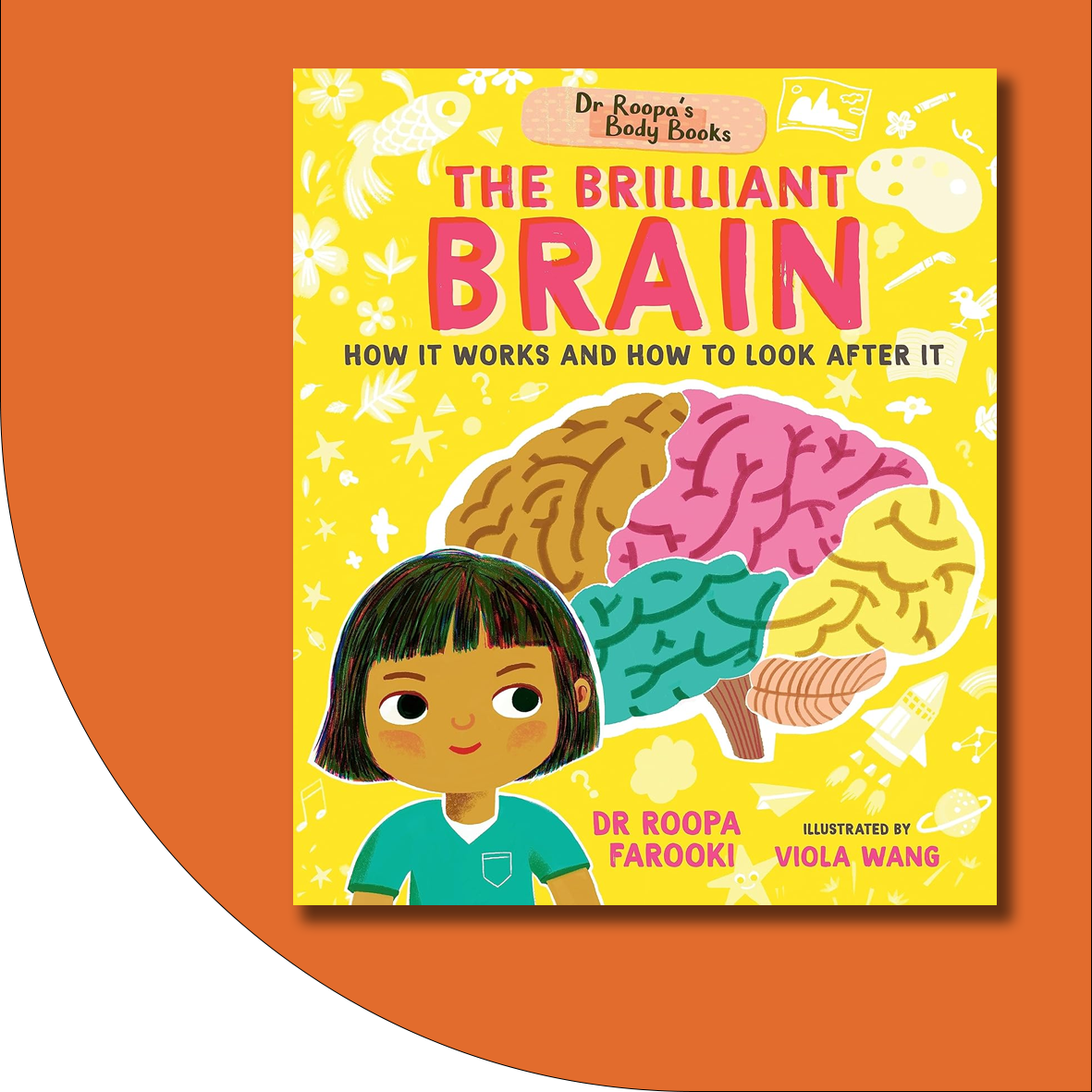 The Brilliant Brain
The Brilliant Brain
By Dr Roopa Farooki, Illustrated by Viola Wang
This delightful book explores the wonderful workings of the brain. It is such a great example of how the most complex of subjects can be presented to a very young audience. Packed with information and advanced vocabulary, it will entice young readers and, no doubt, give their parents something new to think about. The judges commented that, even though it is a tricky topic, the content was presented in such an accessible way.
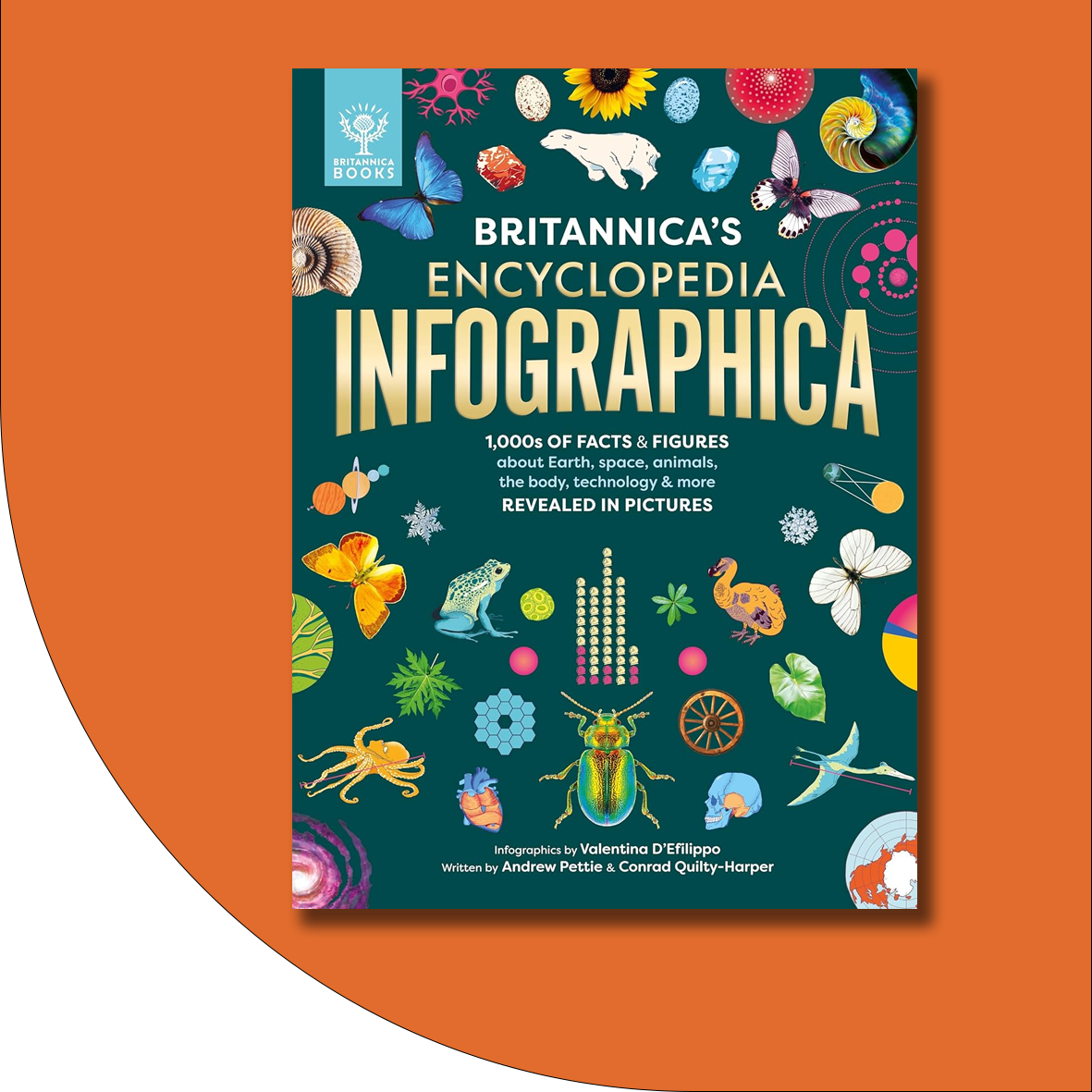 Encyclopedia Infographica
Encyclopedia Infographica
By Andrew Pettie and Conrad Quilty-Harper. Illustrated by Valentina D'Efilippo
This authoritative encyclopedia is a dream for learners who enjoy beautiful imagery. It is packed with 200 stunning infographics, maps, charts, and timelines sharing complex facts about space, Earth, animals, humans, and technology. Children can discover fascinating facts like the animal that leaps 200 times its body length. It includes vivid photography and expert interviews, offering an engaging way to explore the wonders of our world. One of the judges said: “I gave this book to my ten-year-old nephew, and he was obsessed!” Another judge commented that the book inspires curiosity and critical thinking.
This year, the judging panel chose to honor one winner and two highly commended books.
Highly Commended in the Primary Category:
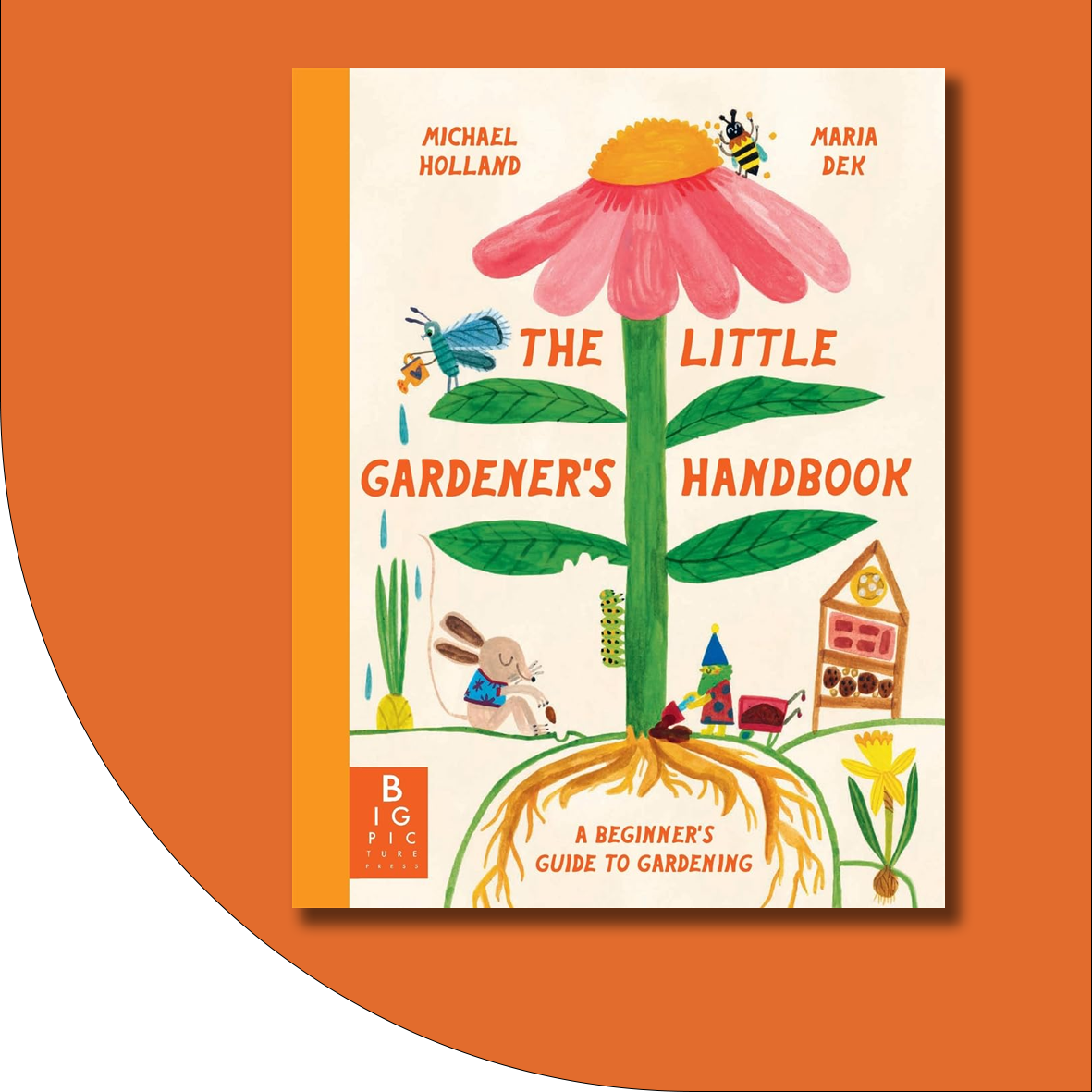 The Little Gardener's Handbook
The Little Gardener's Handbook
By Michael Holland, Illustrated by Maria Dek
This ultimate guide to turning little hands into green thumbs is packed with tips and garden magic. It serves as a child's passport to the wonders of nature and includes instructions and hands-on learning experiences that will cultivate not just plants but a lifelong passion for the outdoors. The judging panel enjoyed the lively and bright illustrations. They thought that the book was both practical and informative. One judge said, “It’s exactly what science learning should be all about!”
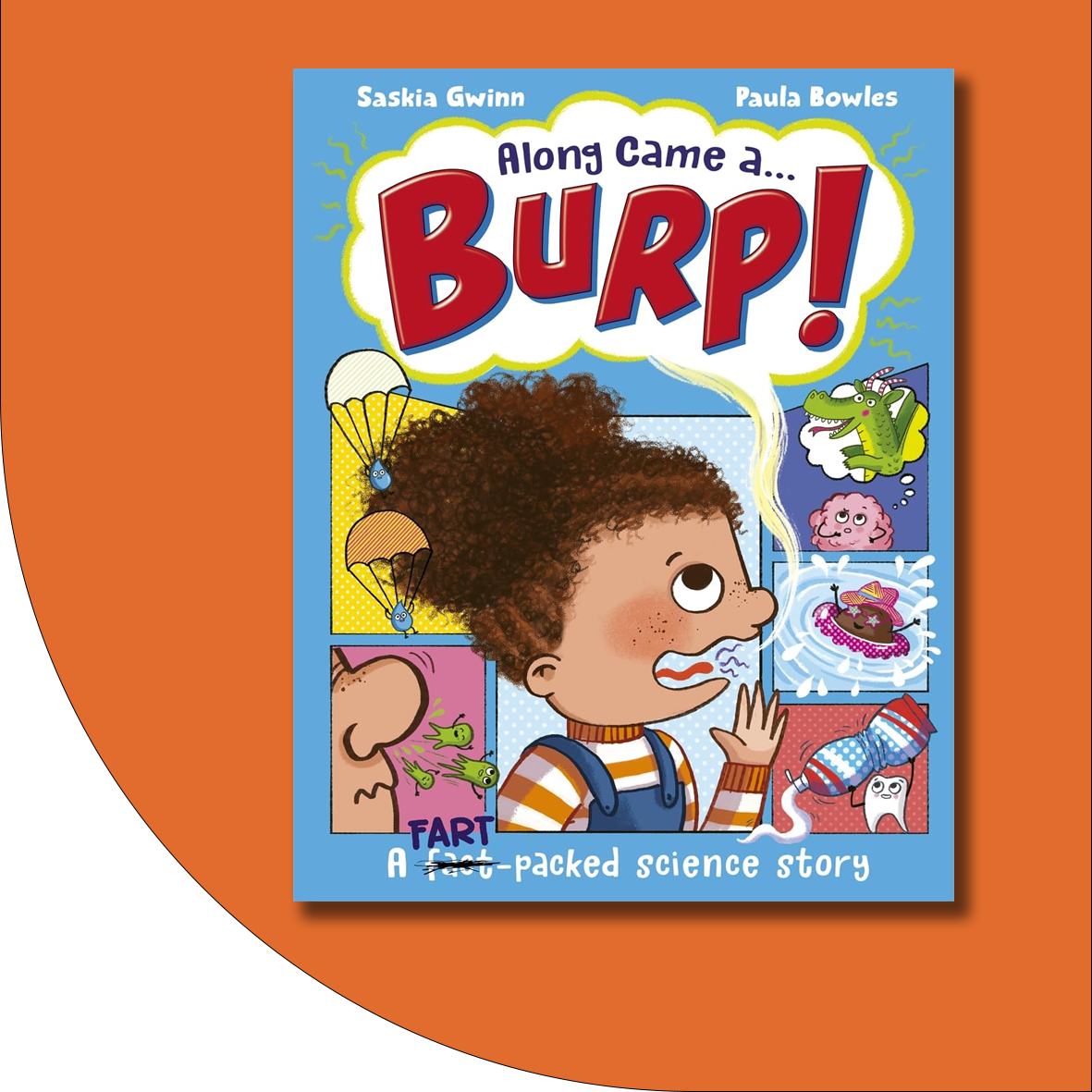 Along Came a... Burp!
Along Came a... Burp!
By Saskia Gwinn, Illustrated by Paula Bowles
This book, written in a graphic novel/comic book format, clearly explains bodily functions such as burps, farts, wees, poos, and scabs in an engaging way. Packed full of biological facts, it’s a great way to introduce our young scientists to human biology and to answer some of their awkward questions about our bodily functions. One of the judges said: “While teaching my Y4 class about digestion, I read them some of the pages, and they loved it! I had a queue of them, desperate to borrow it to take home and read the pages I had missed out.” The judges commented that the content was a great way to introduce and reinforce science vocabulary.
Overall Winner in the Primary Category:
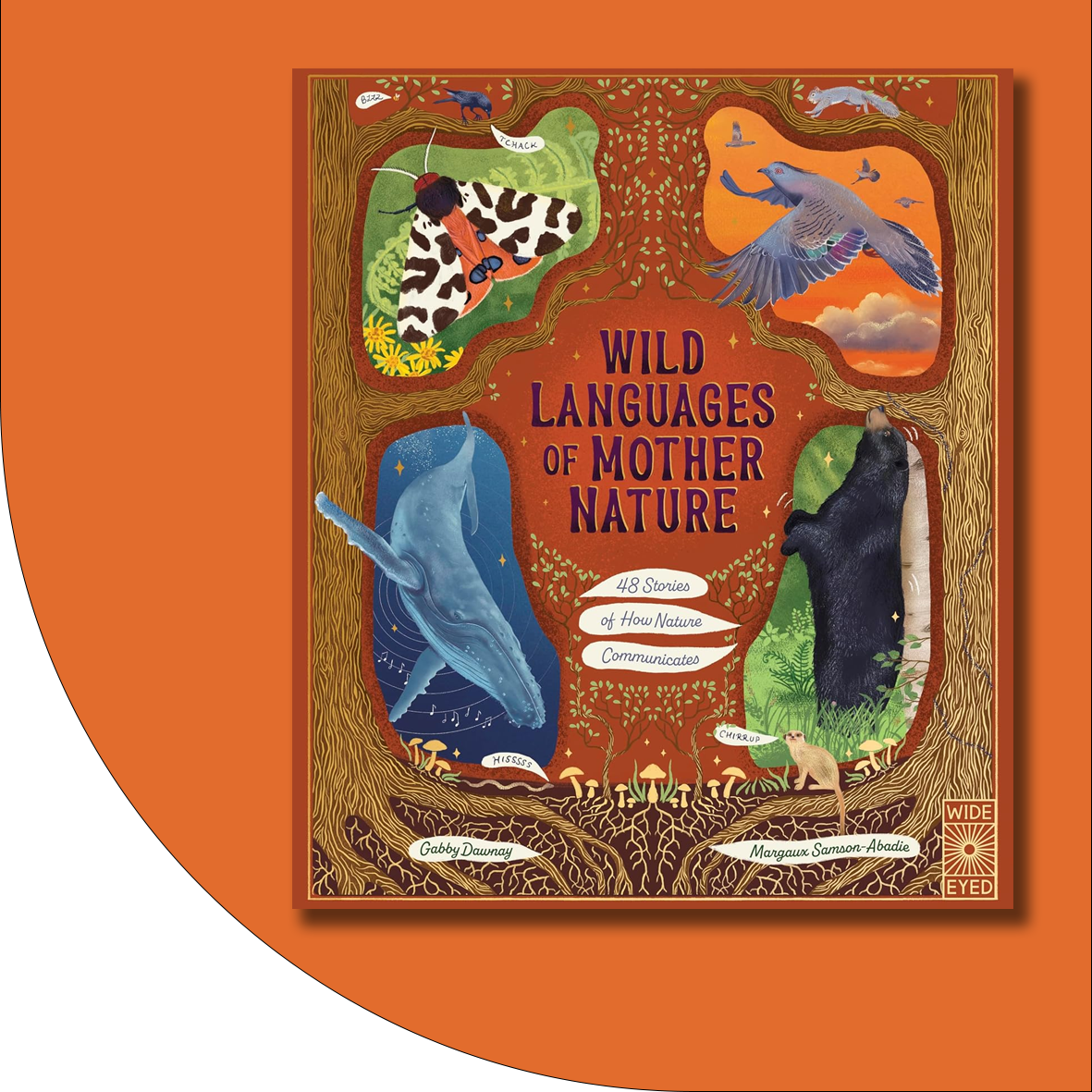 Wild Languages of Mother Nature
Wild Languages of Mother Nature
By Gabby Dawnay, Illustrated by Margaux Samson Abadie
This excellent book contains 48 Stories of How Nature Communicates, showcasing the diverse and creative ways in which animals and plants interact. From the front cover to the final chapter this book has such a magical quality to it. The beautiful illustrations conjure up images of an old, precious volume - one that you might dust off a bookshelf. But as soon as you enter, you are given the best of the latest science about communication in the natural world. This book is a treasure trove of knowledge.
A real pleasure to read and one to return to again and again.
The judges loved:
- The inclusion of the information about fungi and their networks between trees.
- The use of speech bubbles, which give the book a dynamic graphic novel feel.
- The inclusivity, for example, the exploration of sign language as a method of communication.
Announcing the New Textbook Category for Primary and Secondary
Traditionally, teacher textbooks have not been included in the Association of Science Education's Book of the Year Award. However, this year, a textbook of exceptional quality was submitted, prompting us to consider the introduction of a new category within the award for 2025. Whilst it could not be considered as part of the 2024 award, the judging panel were so impressed with this publication that we have decided to introduce textbook categories for both Primary and Secondary. Going forward, this will allow textbooks to be recognised and celebrated for their outstanding contribution to science learning and teaching. Huge congratulations to Lynne Bianchi and Tina Whittaker for their QuBuild publication. It is a truly remarkable legacy to be the catalyst for launching a new award.
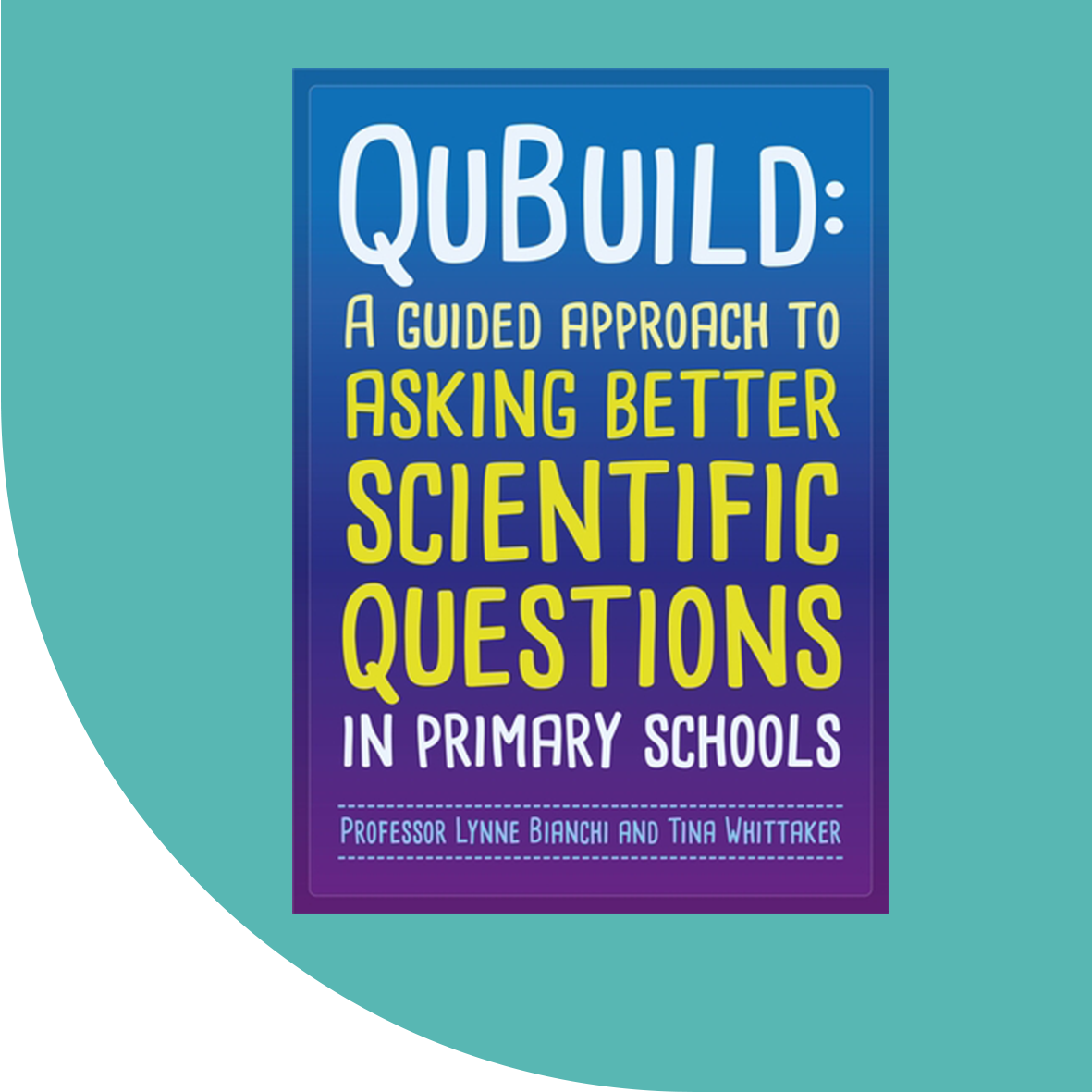 QuBuild
QuBuild
By Lynne Bianchi and Tina Whittaker
Encouraging curiosity is at the heart of scientific exploration and discovery. There are times when it is appropriate for classroom enquiries to start with teacher-devised questions and other times when pupils should be encouraged to ask their own questions. When pupils do formulate their own questions, they can sometimes struggle to make them specific or relevant enough to lead to meaningful investigations. Guiding pupils in refining their questioning can greatly enhance the quality of the investigations and the learning that follows.
QuBuild equips educators with practical strategies to strengthen pupils’ questioning skills. The book offers a variety of accessible and engaging activities to help young learners refine their scientific thinking.
The QuBuild framework introduces a structured three-step approach to developing well-crafted scientific questions: question-producing, question-handling and question-improving/choosing. With ready-to-use exercises, this resource supports educators in helping pupils generate, evaluate, and refine their scientific questions. This innovative resource empowers teachers to cultivate a classroom culture where curiosity and scientific thinking thrive. A wonderful teacher resource! It is definitely one to add to your resource list.
David Allen
ASE Chair Elect
Outgoing Chair of ASE Publications Group
*Details of our 2025 Book of the Year application process will be published in early summer 2025.
